Review: “WandaVision” is just the beginning
March 8, 2021
The long-awaited last episode of “WandaVision” has graced the screen of Disney+ watchers along the nation. “WandaVision” is set after “Avengers: Endgame”, and stars Elizabeth Olsen and Paul Bettany, as they reprise their roles of Wanda Maximoff and Vision on the screens of Disney+ subscribers and the characters within the show. “WandaVision” is the start of Phase Four of the Marvel Cinematic Universe, and it seems the fourth phase has started off with a bang with WandaVision achieving a 91% on Rotten Tomatoes and an 8.3/10 on IMDb.
To some, the first few episodes might seem a bit strange. With the first episode disguising itself as a 1950s sitcom, some viewers might be confused at first glance. But as the series progresses, we see Wanda creating her own reality after the death of Vision in “Avengers: Endgame”. We can see her express the five stages of grief in the mini-series, which include: denial, anger, bargaining, depression and acceptance. Creating her own reality becomes a way for Wanda to cope with her losses, especially the recent loss of Vision.
A character that returns to the MCU and could potentially have a large role is Monica Rambeau. Rambeau is originally introduced in “Captain Marvel” as a child, and in the comics is the superhero with the aliases of Spectrum. This means that Rambeau could be a great new addition to Phase Four.
As Wanda fights to keep her man-made reality, S.W.O.R.D agents try their best to fight against her manipulations. Multiple times throughout the series, her “hex” (as Darcy Lewis likes to call it), is either broken into by outsiders or almost escaped by Vision.
In episode seven, it’s revealed that Agatha, the apparent “nosy neighbor”, is the main villain of the story and has been causing everything to go wrong the whole time Wanda is creating this fantasy to escape her current reality. Wanda is so caught up in this false reality that she created that she hadn’t noticed the glitches in her hex. Agatha herself does a great job of adding characters to Wanda’s fictional storyline, including recasting Wanda’s late brother, Pietro. This action shows that Agatha wanted to see how far she could go until Wanda would break to show how far she could push Wanda as the Scarlet Witch.
Viewers also find out that “Vision” isn’t actually Vision. The true body of Vision is revealed to be broken up into pieces and is experimented on by S.H.I.E.LD. The Wanda-created Vision struggles with the acceptance of his reality and the fact that he was created from Wanda’s “vision”, which is potentially a jab at the title of the show. WandaVision explores and cements the five stages of grief, even having a whole episode centered around Wanda exploring her denial of the loss of Vision. With this, they even explore the concept of denial within Vision, but there’s a possibility that Vision could too be experiencing Wanda’s emotions within himself of her denial.
“WandaVision” sets the standard for the new age of television. With most new popular television programs being readily available for streaming on services like Netflix or Hulu all at once, “WandaVision” creates a supply and demand for its episodes which mimic the way cable television comes out with their shows. This tactic keeps users on the edge of their seats wanting more.
The show also sets a standard by not dragging on their storylines to two or three seasons like a lot of popular shows. Most television shows have a tendency to drag on their storylines and bore their viewers, most likely to keep a job for their actors and gain more profit. A show that has a tendency to drag out their storylines is “Riverdale”. “Riverdale” does not do a great job of telling stories, unlike “WandaVision”. “WandaVision” has a great way of showing their viewers multiple storylines, along with keeping the events of their cinematic universe in the correct order.
The Marvel Cinematic Universe is also expanding with the new Phase Four storylines, and Disney knows this. This is a great advantage to create short shows featuring mini storylines that wouldn’t fit in a whole movie. This also means they can have their actors and crew work more on a wide variety of projects and still have a stable income like they would on a regular television series.
It perfectly explores the reality of grieving and shows that every character has a backstory to be explored. After watching “WandaVision”, you may want your favorite characters to come back for more. But thankfully, with Marvel, there is never truly an end to our favorite stories. “WandaVision” is just the beginning.


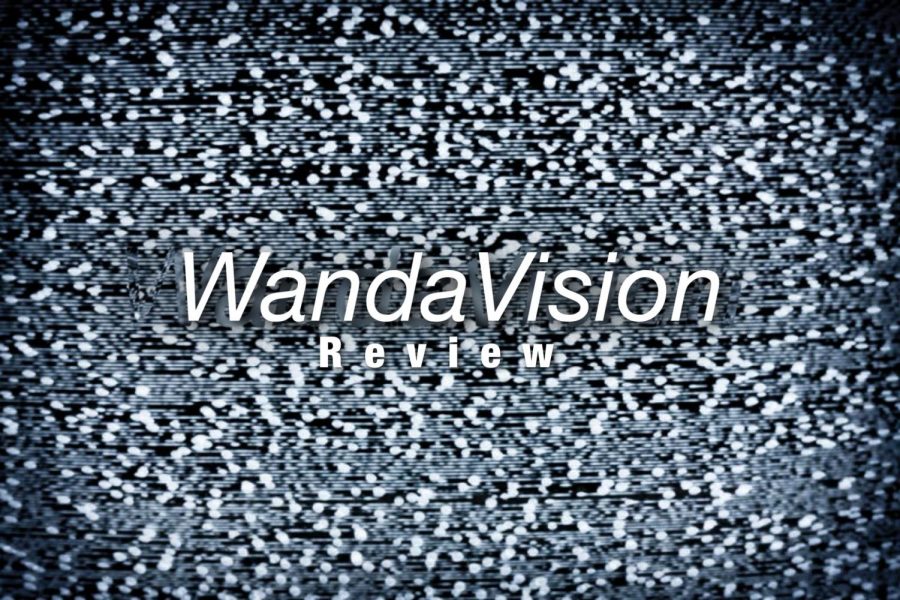
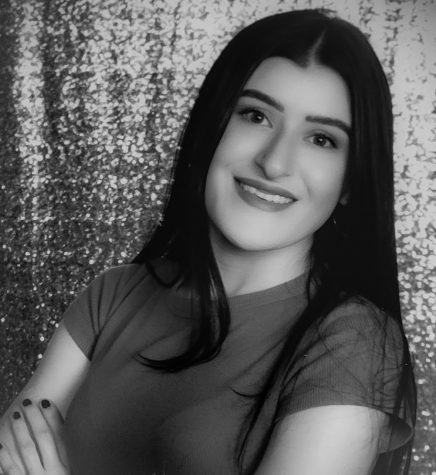
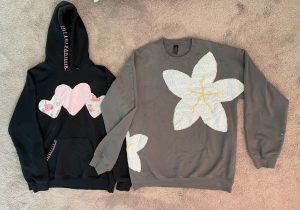


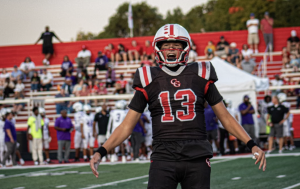

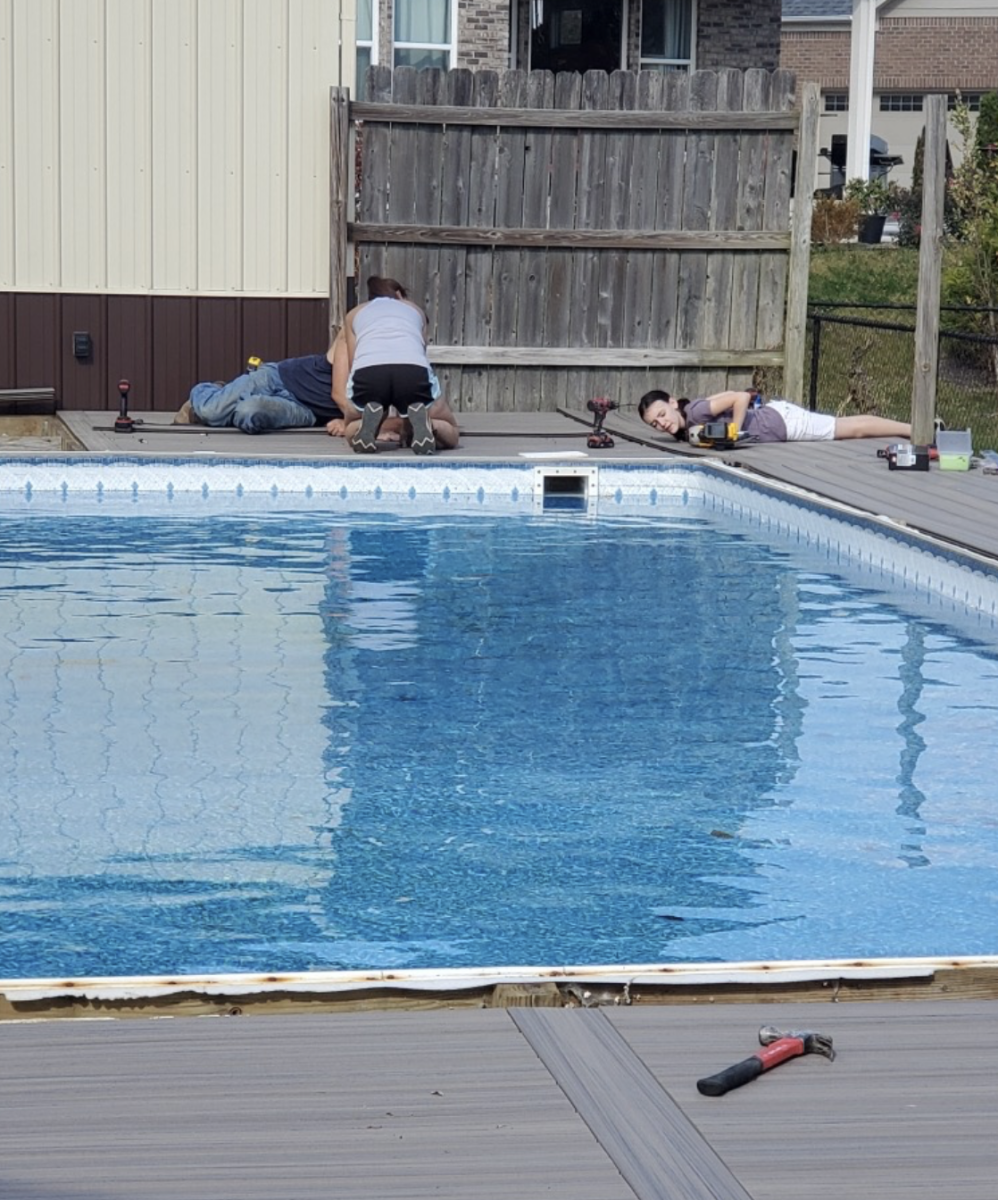


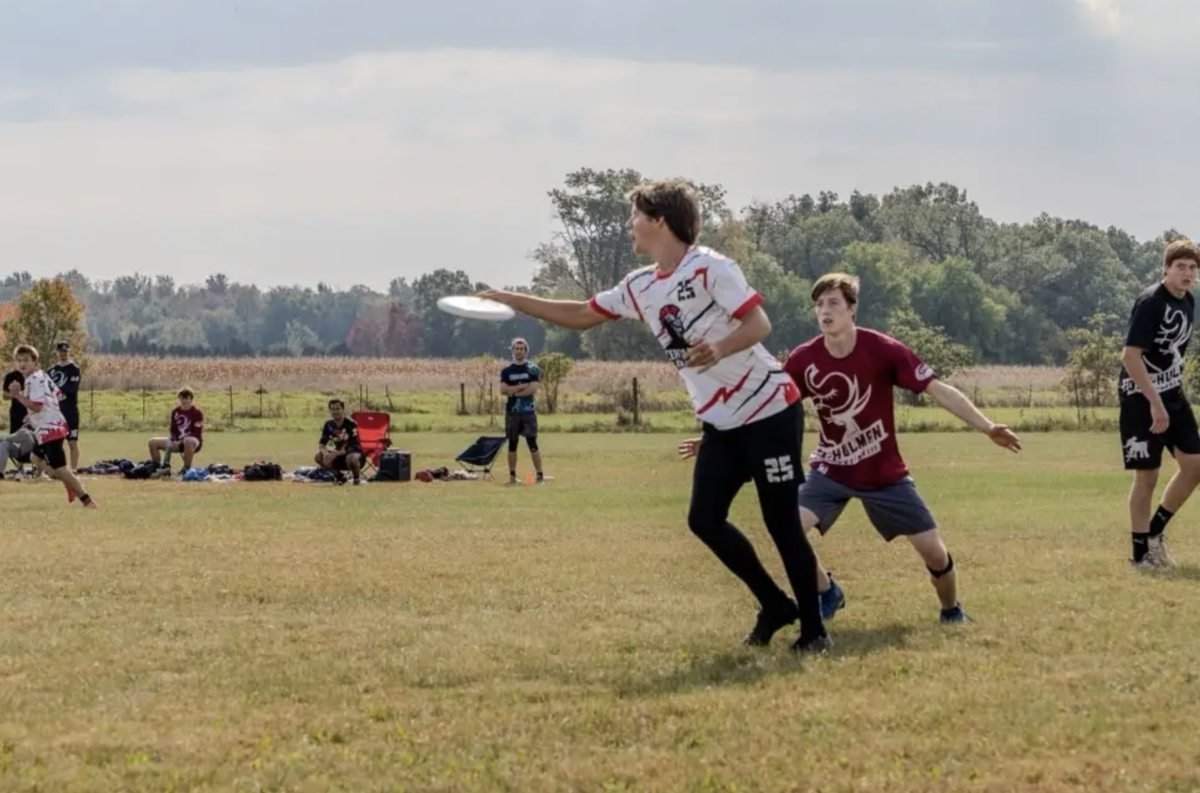


mia frankenfield • Mar 8, 2021 at 6:32 pm
as someone who loves marvel, watching WandaVision has definitely been the highlight of my year! love the slight drag on riverdale